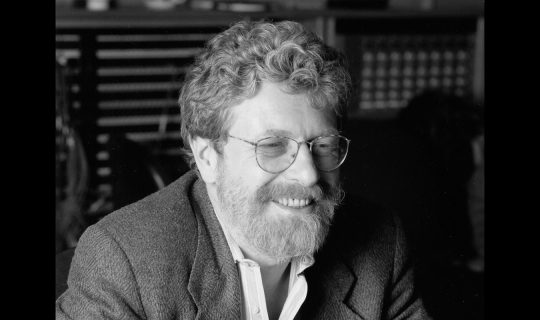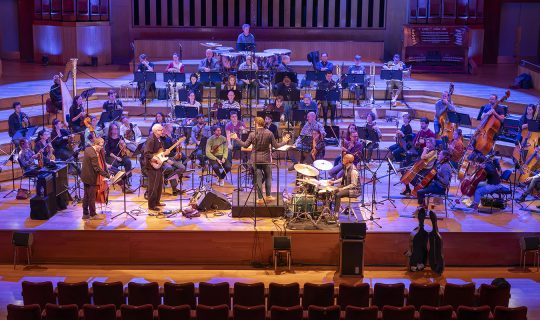May 13, 2013
If you happened to be a fan of the jazz organ sound in 1965, you knew exactly what to expect when you stepped into a club – greasy blues, ballads and jazz warhorses played at racecar tempos.
Unity changed that. In one elegant stroke. All by itself.
Embracing modal harmony and the freer, more open structures/language favored by the rising crew of post-bop musicians, Larry Young expanded commonly held notions of what was possible on the instrument; his brisk, restless, masterfully syncopated performances on this album brought the organ into the modern post-bop conversation.
The Newark-born Young started out like just about everyone who aspired to B3 greatness – contending with the towering presence of Jimmy Smith, the trailblazer who defined jazz organ. Young learned the basics, and developed a credible approach within the tradition – his recording debut, in 1960, shows a surprisingly individual take on the “grits and gravy” sound.
Fast forward a few years. By the time of this, his second Blue Note date, Young was determined to push beyond what had been done before, and was well-equipped, from a technique standpoint, to do that. He was conversant in free jazz, as well as the plateauing chord voicings used by John Coltrane’s pianist McCoy Tyner and the polyrhythmic roiling of Coltrane’s drummer, Elvin Jones, who is behind the kit on Unity. Young “got” the new jazz aesthetic, and used both unique chord voicings and basslines handled via footpedals to create his own sound for it. Young choreographed elaborate agitations, all by himself: Starting with a terse rhythmic motif behind a soloist, he’d knead and develop a phrase over an extended period until it sent the group’s efforts into collective frenzy. His secret weapons included perpetually oscillating, color-changing chords, and he used them with painterly precision, shaping dramatic peaks and valleys behind a soloist. Lots of organ demons dropped bombs at key moments; Young’s crisply executed devices arrived with galvanic force, their sophisticated harmonies suggesting thrilling and profoundly new pathways.
From the opening war-dance taunt of “Zoltan,” written by the trumpet player Woody Shaw, it’s clear that Young wants Unity to be more intellectually challenging than the typical Blue Note blowing session.
The melody, handled by Shaw and the tenor saxophonist Joe Henderson, is a study in fits and starts. Young’s jabs land across and against the beat, hinting at – but never fully tipping into – anarchy. Henderson seizes this instantly, and within the first measures it’s clear that his notions of agitation align with Young’s; his spiraling lines fit uncannily into the terse offbeats from the organ. This isn’t solo dazzle – it’s a conversation between well-matched modernists.
Young’s own solos – particularly those on “Softly As in A Morning Sunrise” and the electrifying duet with drummer Elvin Jones on “Monk’s Dream” – contrast powerfully with the fast-talking daredevil approach popularized by Smith and emulated by every other organist. Young can do that – there are more than a few breathless extended runs here – but he mostly concentrates on wide intervallic leaps and fitful, unexpected changes in mood. And like all the great post-Coltrane soloists, he’s inclined to shift tactics at will: His choruses on “Monk’s Dream” hit outbreaks of dissonant tumult and sullen areas of introspection and points along the spectrum in between – at each stop, he executes with snapping intent, an audible sense of purpose.
Anyone who ever longed to shake up a set-in-its ways tradition can relate to Young’s attempt to update jazz organ. He started with a powerful idea, blending hard bop, Coltrane harmony and “new thing” rhythm on an instrument uniquely suited to such a mix. But that’s just the concept stage. What makes Unity such a landmark is the way Young involves these incredible players in his quest – they seize his vision, then work together (hence the title) to overhaul the status quo of the jazz organ world. It’s a shame Young died young (at 38, from complications of pneumonia), because as is unmistakable here, this bold musician had a lot of upheaval in him.






